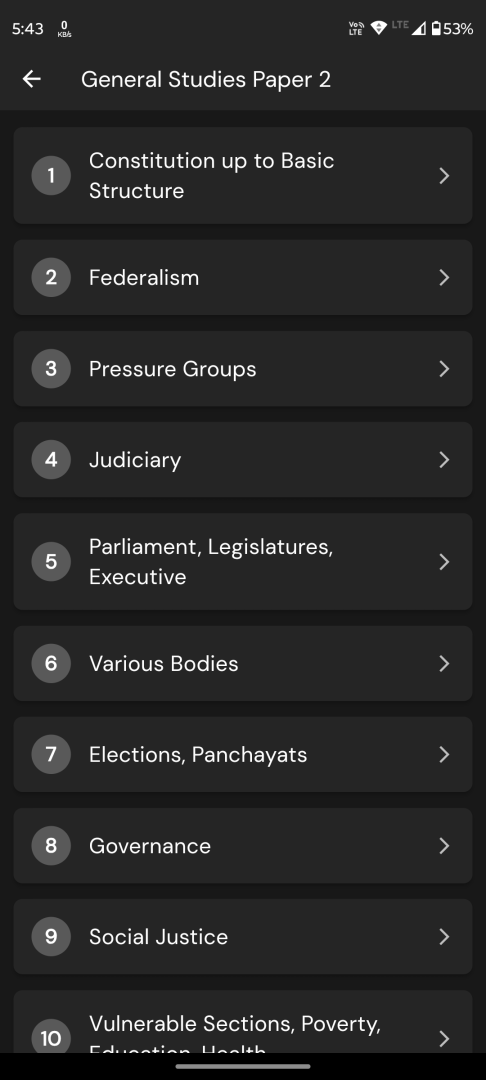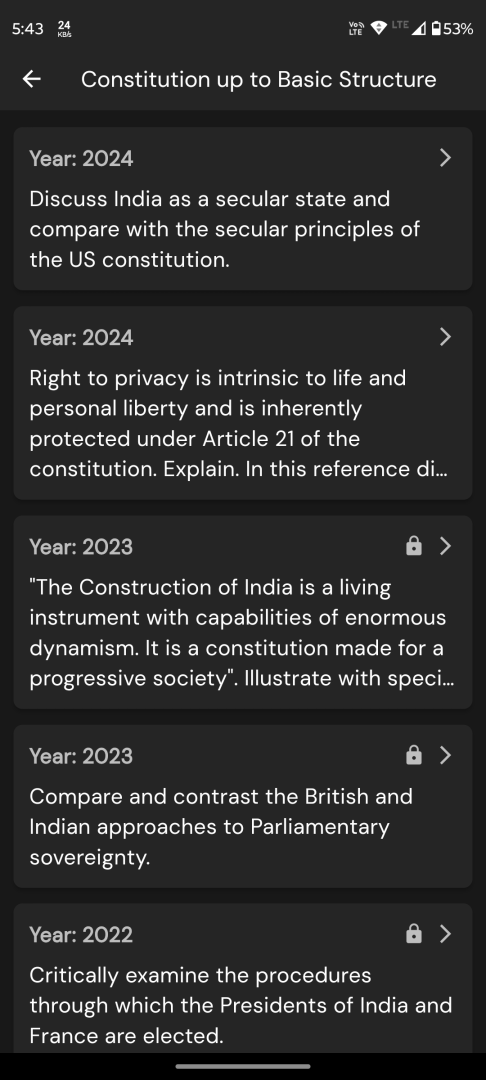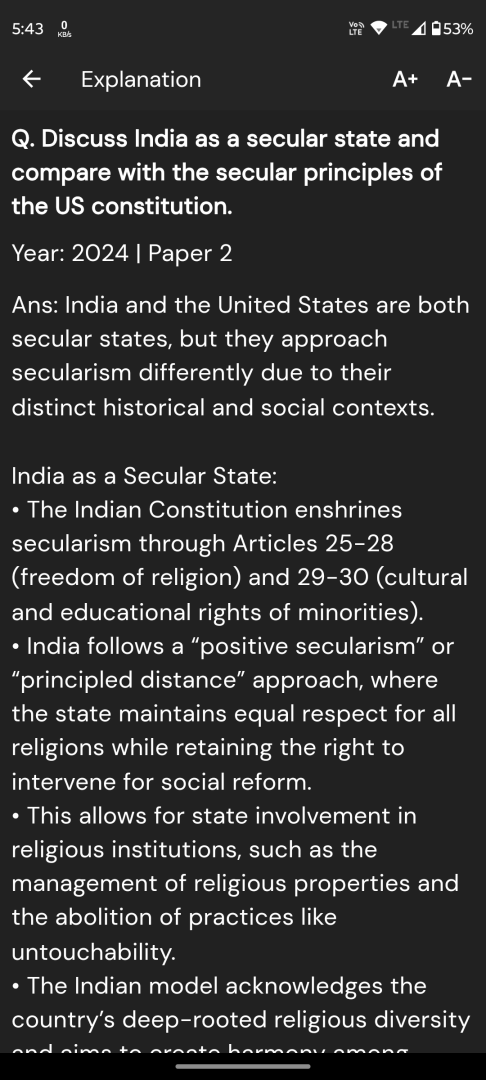Q. Given below are two statements, one is labelled as Assertion (A) and the other as Reason (R).
Assertion (A): Shivaji had to face opposition from the big Deshmukhs.
Reason (R): These Deshmukhs were not in favour of an independent Maratha State and wanted to remain as feudal lords of Bijapur.
Select the correct answer from the codes given below.
a) Both (A) and (R) are true and (R) is the correct explanation of (A).
b) (A) is false, but (R) is true.
c) Both (A) and (R) are true, but (R) is not the correct explanation of (A).
d) (A) is true, but (R) is false.
Question from UPPSC Prelims 2024
Correct Answer: a) Both (A) and (R) are true and (R) is the correct explanation of (A).
Explanation:
– Assertion (A): Shivaji had to face opposition from the big Deshmukhs.
This statement is true. Shivaji, during his efforts to establish an independent Maratha state, faced significant resistance from the powerful Deshmukhs (local feudal lords). These Deshmukhs were influential figures in the Deccan region and held considerable power and autonomy under the Bijapur Sultanate.
– Reason (R): These Deshmukhs were not in favour of an independent Maratha State and wanted to remain as feudal lords of Bijapur.
This statement is also true. The Deshmukhs were accustomed to their feudal privileges under the Bijapur Sultanate and feared losing their autonomy and influence under a centralized Maratha state led by Shivaji. They preferred the status quo, where they could continue to act as semi-independent lords under Bijapur’s nominal authority.
– Relationship between (A) and (R):
The opposition Shivaji faced from the Deshmukhs was indeed because they were not in favor of an independent Maratha state. They wanted to maintain their feudal status under Bijapur rather than submit to Shivaji’s centralized authority. Thus, (R) correctly explains (A).
Hence, the correct answer is a) Both (A) and (R) are true and (R) is the correct explanation of (A).





